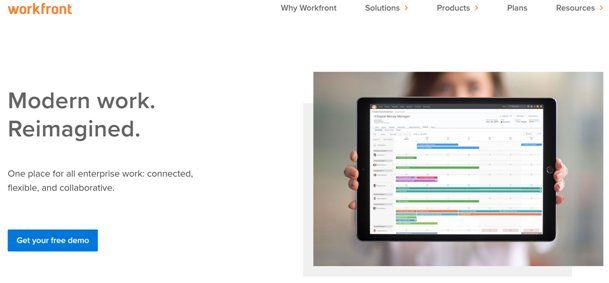
Asana's time-tracking features are limited, making it challenging to track billable hours and monitor productivity. Asana's resource management capabilities are limited, allocating resources across projects difficult. Asana does not offer as much customization as other project management tools, which may limit its flexibility for some organizations. Asana's project portfolio management capabilities are limited, making managing multiple projects challenging. Asana provides robust reporting and analytics tools that enable teams to gain insights into project performance. Asana's app is easy to use and provides access to all of the features of the desktop version. Asana's pricing is affordable, making it a good option for small and medium-sized businesses. Asana offers a range of collaboration tools, including file sharing, commenting, and communication tools, which make it easy for teams to work together.  Asana provides a powerful task management system that enables teams to create, assign, and track tasks and subtasks.
Asana provides a powerful task management system that enables teams to create, assign, and track tasks and subtasks. 
Asana has an intuitive interface and is easy to use, even for non-technical users.Asana vs Workfront: Pros and Cons Pros and Cons of Asana In the mobile app, you can complete work items and view information like you do in the browser version of Workfront.Workfront integrates with a wide range of third-party tools, including Adobe Creative Cloud, Microsoft Office, and Salesforce, making it easy to connect with other platforms. You can download and install the app from the Apple App Store or the Google Play store.
 Keep your workflow going with one-step actions. Accelerate engagement and streamline work for teams and individuals in your organization through Adobe Workfront’s mobile app, available on any iOS or Android device.
Keep your workflow going with one-step actions. Accelerate engagement and streamline work for teams and individuals in your organization through Adobe Workfront’s mobile app, available on any iOS or Android device.







 0 kommentar(er)
0 kommentar(er)
